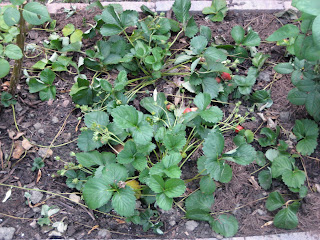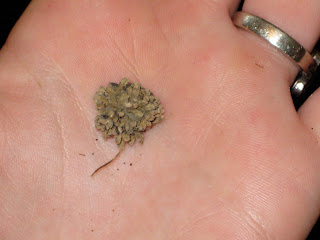

Eco-friendly living for the practically minded.


The last time I visited California, we flew in (as usual) to the bay area. Now, my parents live in the valley, which usually means renting a car and driving down to visit. It's about a 3.5 hour drive from my in-law's house to my parents' house.
Last time, driving wasn't really feasible. Saul needed to stay in Mountain View, which meant I would have to drive alone both ways. It was also going to require some backtracking in order to meet with some friends in Sacramento No fun at all. So at my parent's suggestion, I looked into the train.
End result: I took the train from Fremont to Fresno, then Fresno to Sacramento a few days later. It was fantastic, and we are now taking the train on every trip like this (which happens at least twice a year). The pros and cons.
Cons:
Lots to post about recently!
First, we finished the rose hedge a couple weeks ago. The goal is to hide my neighbor's death mobile.
Oh, but what's that under the roses?

We found out there's actually two kinds of strawberries: June-bearing and ever-bearing. Most commercial growers plant June bearing since it's better for harvesting (all fruits ripen at once). However, since we don't use our berries for pie and prefer to just snack on them, we have ever-bearing. We've been getting about 2 berries a day so far. Hopefully next year, they'll be more established and we'll get a few more!
Weirdness we discovered: it's very important to make sure the berries don't sit on the ground. Otherwise they rot and the bugs get them. Instead, we've been carefully propping up ripening berries on the leaves of a neighboring plant. This seems to fix it.



 Not exactly small. The largest are about the size of a nickel. I also wouldn't really describe them as "pink", more like a buff color.
Not exactly small. The largest are about the size of a nickel. I also wouldn't really describe them as "pink", more like a buff color.